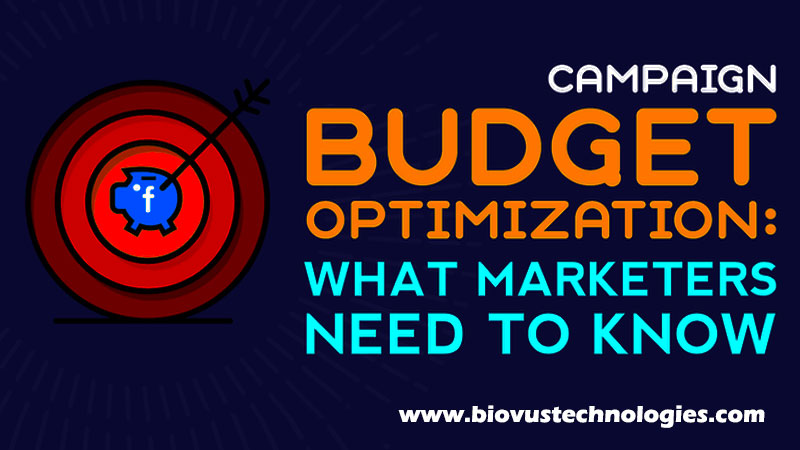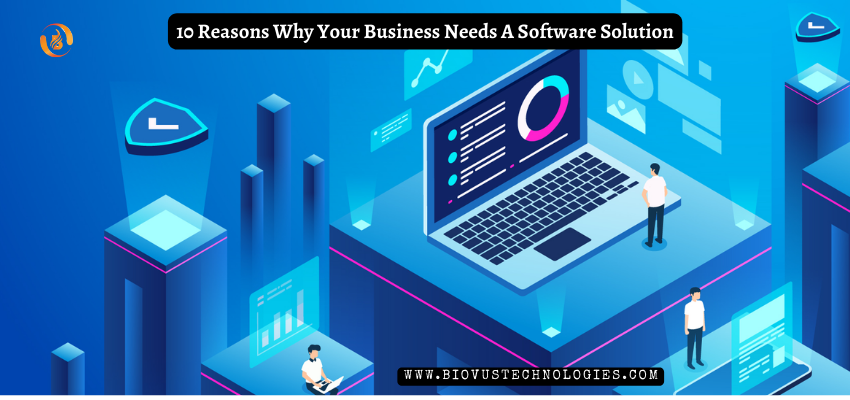Campaign budget optimization (CBO) controls your campaign budget across ad sets in order to achieve the greatest overall results. With CBO, you can create a single campaign budget for all of your campaigns. Throughout the course of your campaign, this funding is regularly distributed in real time to ad sets with the best prospects.
What exactly is campaign optimization?
Campaign optimization is the process by which a marketer tries to improve performance across several digital channels. Google Ads, Facebook Ads, Amazon Ads, and other marketing platforms are just a few examples. Your team can immediately improve performance and drive more revenue through paid digital channels by adopting a digital marketing strategy structure.
What exactly is budget optimization?
Budget optimization is the method by which advertisers specify a budget for an ad campaign that will be distributed across ad sets in order to reward the best performers.
Advertisers can increase the total value of their campaign by allocating more budget to the best-performing ad sets. Budget optimization determines the most effective use of a company’s advertising money in real time, lowering cost per result and increasing return on ad spend.
Advertisers save time by eliminating the need to manually transfer funds between ad sets with campaign budget optimization.
Budgets are normally set at the ad set level for each targeted audience within a campaign. CBO, on the other hand, sets the budget for each campaign. The Facebook algorithm then divides that budget among the active audiences you’ve chosen. CBO was designed to help you automate tasks in your daily work. Overall, it finds the greatest outcomes based on the amount of money you put into the campaign. When allocating budgets among the audiences, CBO considers the following factors:
Budget and Bid Strategy: Budgets are supplied by CBO based on your goal and bid strategy. It allocates ad expenditures across all of your ad sets to the lowest cost per result—such as a cost per action (CPA) or the highest return on ad spend (ROAS). CBO, for example, will provide more funding to an ad set that generated a 15.70 ROAS than to an ad set that created a 1.70 ROAS.
Audience size: Another element that CBO examines when dispersing funds is the size of your audience and where it finds the best results. Budget allocation is often prioritized by CBO across ad packages with the highest audience. Consider the following scenario: you have a daily budget of $370 to spend. Audience A has a 100,000-strong audience, while Audience B has a 500,000-strong audience, and Audience C has a 50,000-strong audience. Because there are more options to identify the best outcome, the Facebook algorithm will provide more budget to Audience B.
The Number of Ad Sets: CBO reserves funding for both active and scheduled ad sets since it considers the budget at the campaign level rather than the ad set level. CBO will not account for your ad set when reserving the budget if it is not scheduled and instead turned off.
How does it work?
Instead of creating separate budgets for each ad set, you create a single campaign budget. This budget allows you to spend more on ad sets with the best prospects and less on ad sets that are underperforming. The amount you select can be applied to each day of the campaign (daily budget) or to the entire campaign (lifetime budget). You can select to run ads on a schedule if you utilize a lifetime budget. In such instance, CBO will work even if the start and finish times of your active ad sets are different.
CBO may not provide the same amount of money to each ad set. For example, if your campaign has two active ad sets, we might spend 90% of your spending on one of them if that’s the best way to get the best overall results. As a result, it’s critical to analyze outcomes at the campaign level rather than the ad set level when using CBO.
Advantages of CBO:
Facebook is free to spend your whole budget in the most efficient way possible across your targeting and biddings with CBO.
Most likely, automation will produce better outcomes than manually reallocating budgets.
In real time, Facebook can determine which audience will produce the most cost-effective outcomes in relation to your bid.
All you have to do is tell Facebook how much you’re willing to pay for a convert in each audience (or use Lowest Cost bidding) and Facebook will make sure your campaign budget is spent wisely.
CBO can be used in conjunction with optimization tools to increase automation and improve optimization. For further information, see the article on CBO recommended practices.
Visit us on: www.biovustechnologies.com








Comments on “Complete guide on Campaign Budget Optimization”